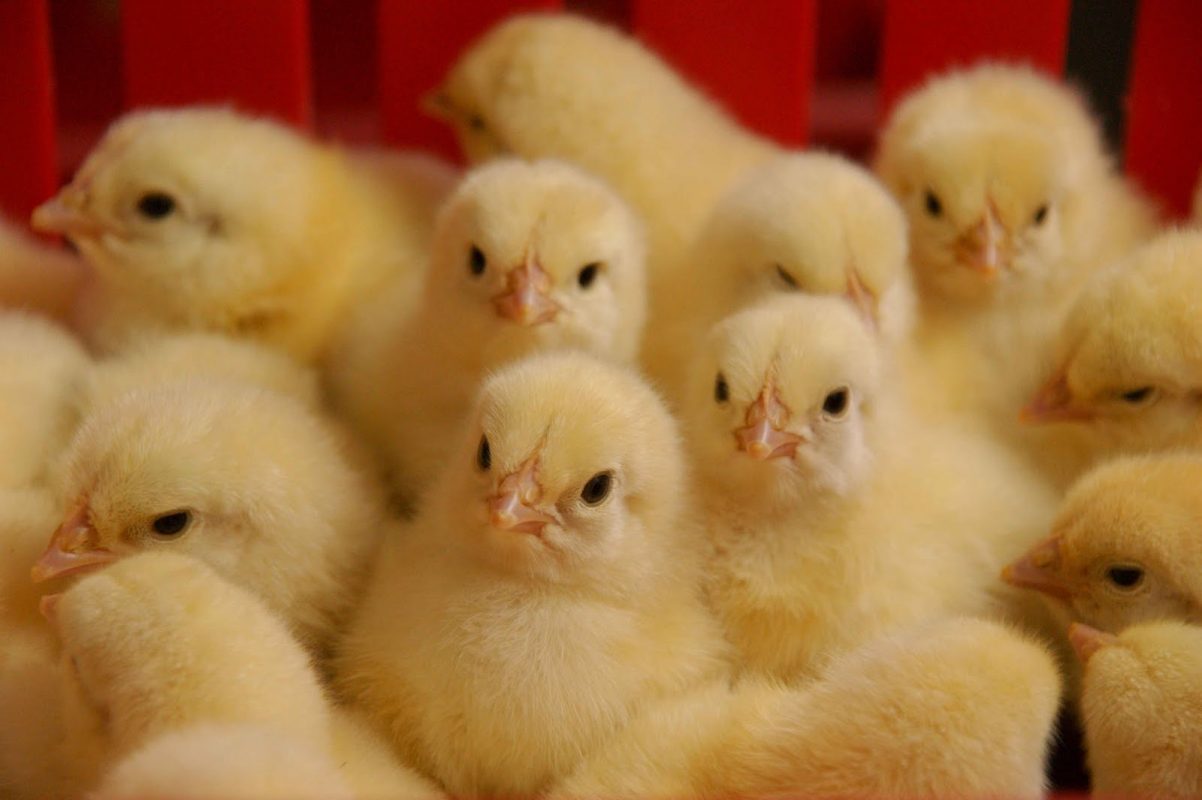A culture and antibiotic sensitivity test should be done in all pathological cases in order to choose the best and strongest antibiotic according to the pathogen and its sensitivity.
Antibiotics are used according to the manufacturer’s recommendations and the recommendations of the attending physician, who estimates the appropriate dose according to the disease condition.
When choosing the appropriate antibiotic for the disease condition, positive results of treatment will appear within 24-48 hours of starting treatment.
The lack of positive results for treatment 48 hours after the start of treatment is an indication that treatment was not successful.
The improvement of the birds’ appetite for feed, the increase in feed withdrawal, and the improvement of activity and vitality are among the most important indicators of the success of the treatment.
In the event that the consumption of feed decreased and the dead increased after 24 hours of using the antibiotic, this is an indication that the antibiotic has failed and it is advised to stop it.
The antibiotic should be discontinued immediately if the mortality in the first 24 hours exceeds 2-3 times the death before the antibiotic was used.
The antibiotic treatment should last from (3-7) days, where the antibiotics need (3-7) days in order to completely eradicate the bacterial disease foci, according to the disease, the severity of infection in the herd, and the type of antibiotic used.
In the event that an improvement in the diseased condition appears before 3 days of treatment, the treatment should not be stopped, but rather it must be continued to prevent relapse of the treatment and the return of the disease state.
It is preferable to calculate the therapeutic dose according to weight, especially in the summer, where the birds’ consumption of water doubles, which causes an increase in the therapeutic dose dramatically, which causes a rise in treatment costs in addition to stressing the internal organs of the birds (liver and kidneys) and the occurrence of drug poisoning.
Antibiotics must be selected by the supervising veterinarian after reviewing the antibiotics used in the breeding stages and after ensuring the safety of both the liver and kidneys in accordance with the possibility of using some antibiotics.

